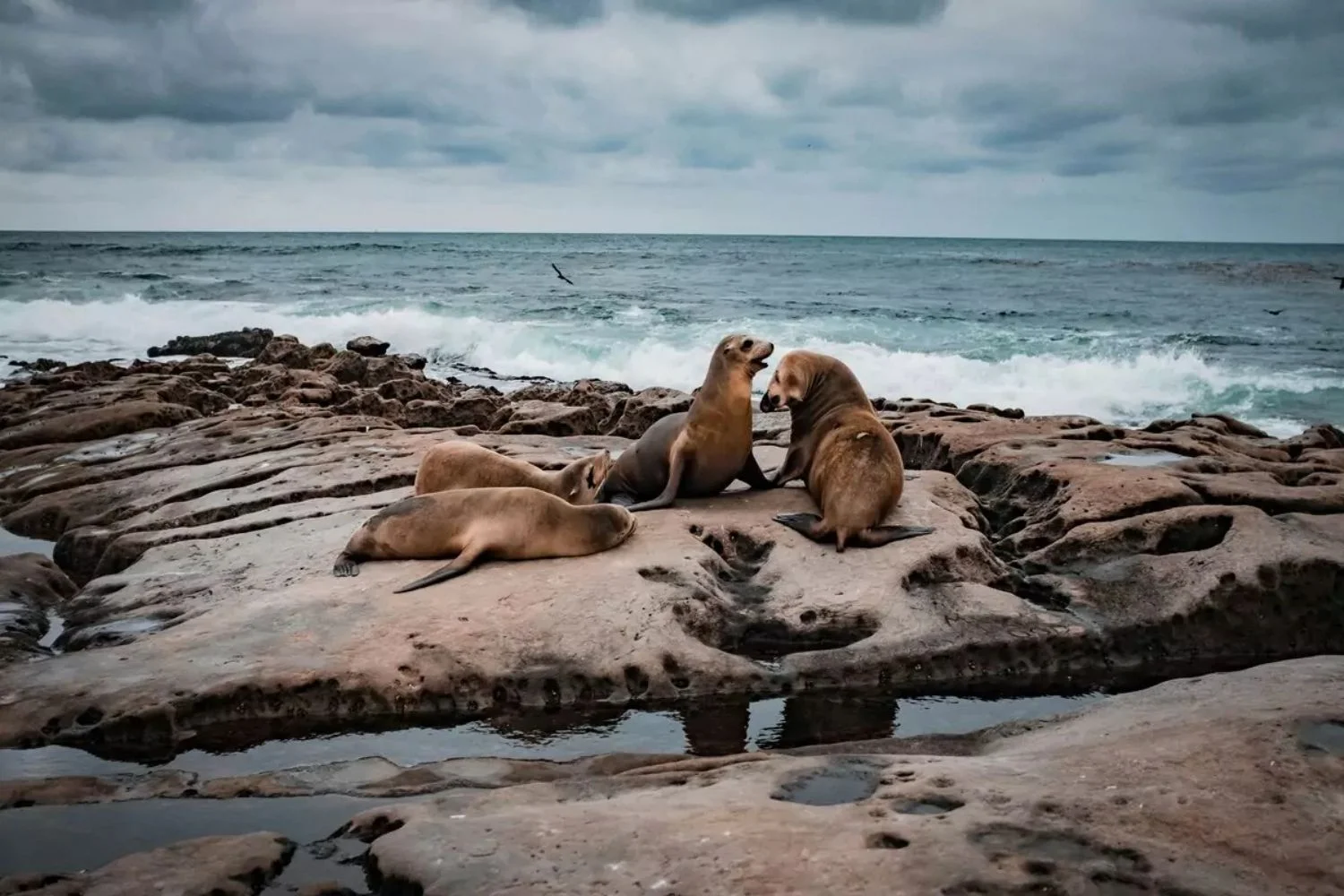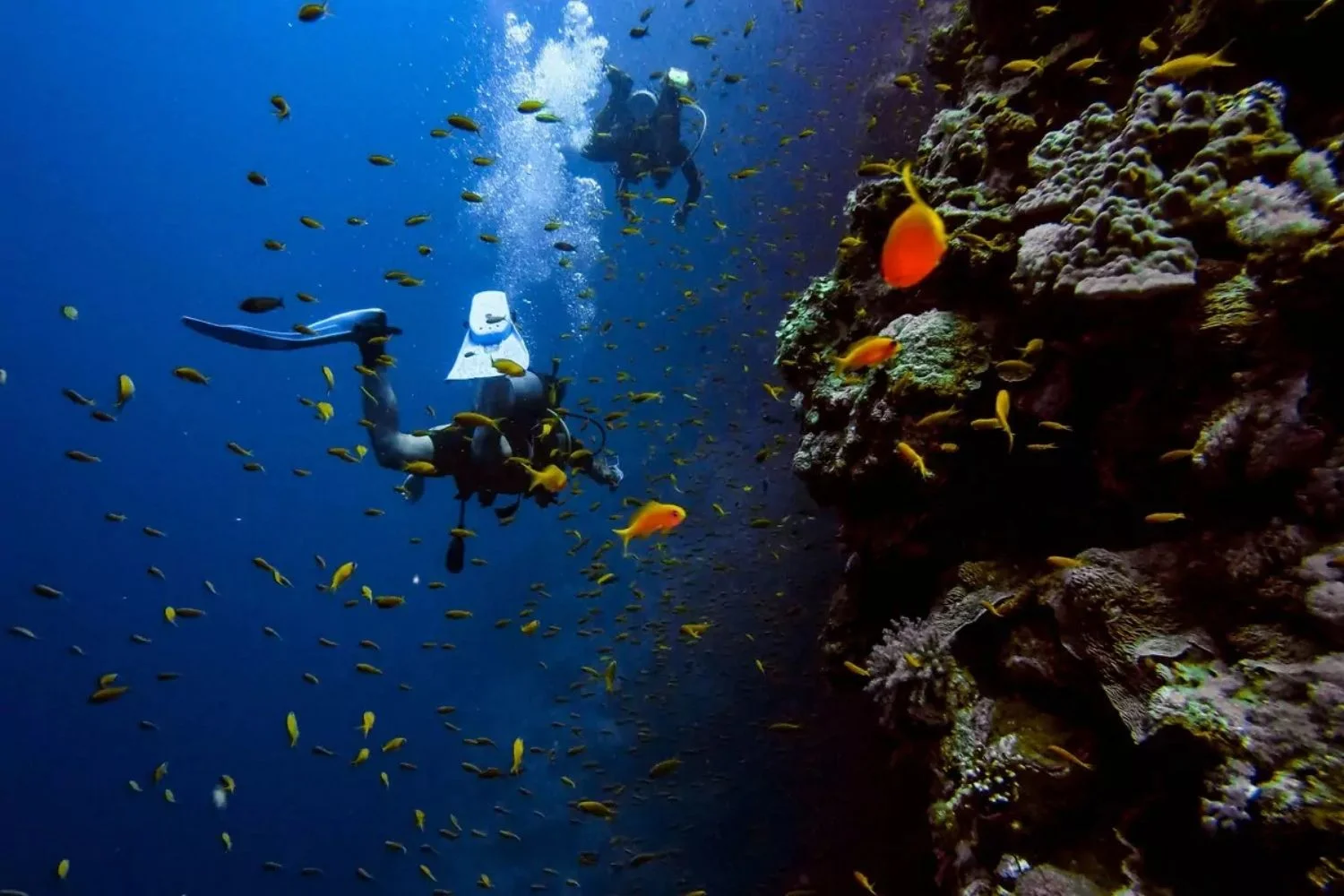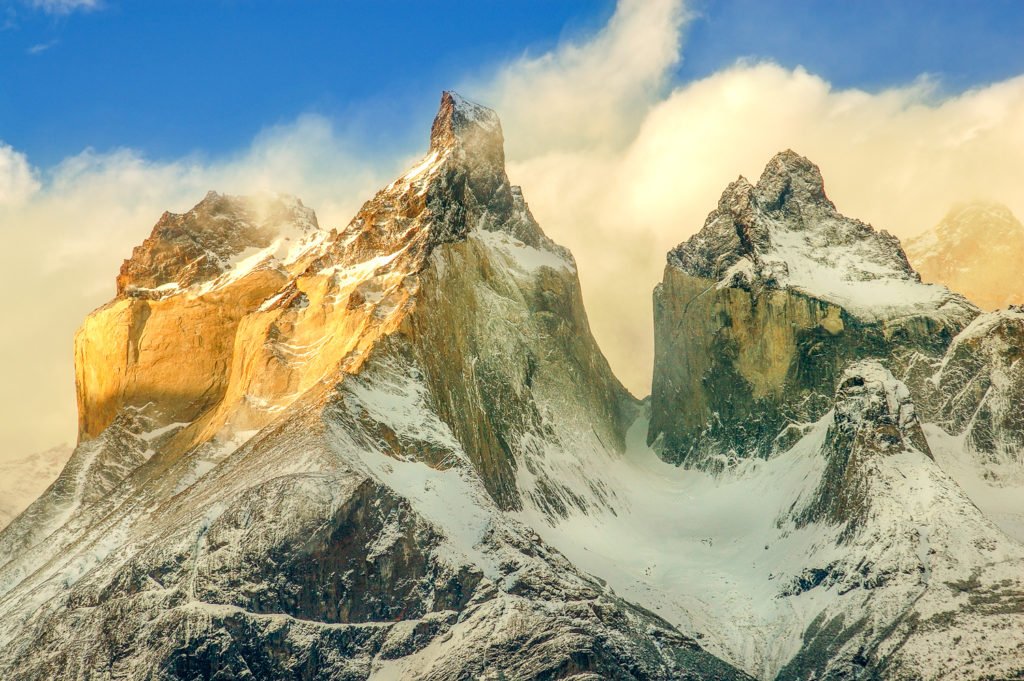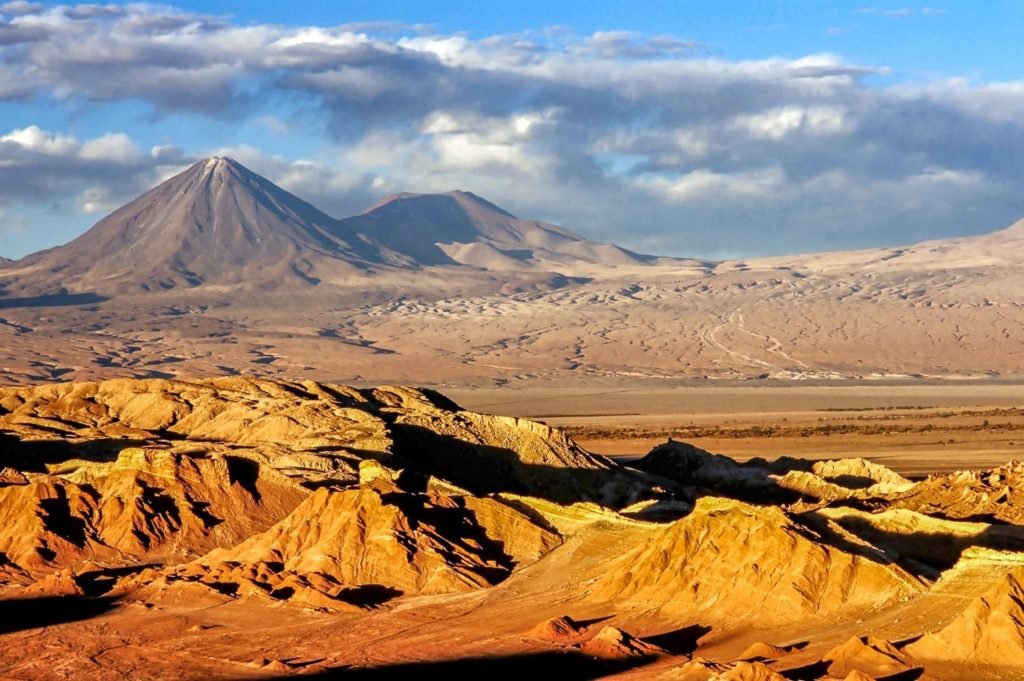Page Menu
Robinson Crusoe Island: Más a Tierra
Formerly known as Más a Tierra, Robinson Crusoe Island is the largest landmass in the Juan Fernández Archipelago—a remote volcanic cluster, 418 miles west of the Chilean coast.
The Archipelago is highly biodiverse, supporting coastal, grassland, forest, and montane habitats. Around 70% of the native plant species are found nowhere else. The islands are also home to three endemic bird species, including the critically endangered Juan Fernández Firecrown hummingbird (Sephanoides fernandensis). The harvest of spiny lobsters, salmon, and tuna remains the primary source of income for the island’s small community.
The Chilean government granted the islands national park status in 1935. In 1977, to further protect its habitats and species, UNESCO declared the archipelago a World Biosphere Reserve. These efforts have helped the fur seal and other populations recover, as conservationists work to remove invasive species.

Spanish navigator Juan Fernández first discovered the archipelago on November 22, 1574, while off-course between Peru and Valparaiso, Chile. Famously, Scottish mariner Alexander Selkirk was marooned here in 1704. His four years as a castaway became the inspiration for Daniel Defoe’s classic novel, Robinson Crusoe. After Selkirk’s rescue, the islands served a fur seal hunting ground, a penal colony, and a haven for Dutch and English pirates. The remains of six 18th century forts dot the islands; some still equipped with artillery. Visitors to Robinson Crusoe Island can retrace the steps Selkirk took in his daily journeys to a mountaintop lookout. His cave home is located at Puerto Ingles Beach, ten miles from the village of San Juan Bautista in Cumberland Bay.
What to do on Robinson Crusoe Island
A variety of guided hikes are available, as are birdwatching, horseback riding, surfing, snorkeling, and diving tours. The waters surrounding the island support sea lions, fur seals, grouper, wrasses, butterfly fish, moray eels, and a wide range of crustaceans. Divers enjoy excellent visibility, with access to steep walls, caves, and the wreck of the German cruiser Dresden.
Sportfishing trips and lobster tours can be arranged, along with visits to local fish-leather artisan workshops.

What is the Weather Like?
Robinson Crusoe Island has a temperate climate, with average temperatures ranging from 75ºF to 80ºF throughout the year. Monthly rainfall averages approximately 3.2 inches, with increased precipitation during the winter months of May through August. January is typically the driest month, receiving less than one inch of rainfall. At higher elevations, frost and occasional hail are possible.
These averages are changing, please check extended weather forecasts using your favorite weather app prior to departure.

Getting There
Robinson Crusoe Island is accessed by regularly scheduled flights from Santiago, with an average flight time of 2.5 hours. Flights are aboard an eight-seat twinjet and operate from November to March.
Upon arrival, guests continue by water taxi—approximately one hour—to the village of San Juan Bautista, where a small handful of lodges provide accommodations.
Start your journey today
LANDED delivers the finest in custom, private travel to Central America, South America, and Antarctica. These regions are our passion; we know them first-hand and by heart. Speak with one of our travel designers and let us create a tailored itinerary for you on Robinson Crusoe Island.
How to combine Robinson Crusoe Island
Have some extra time? Here are some options for you to combine with.






